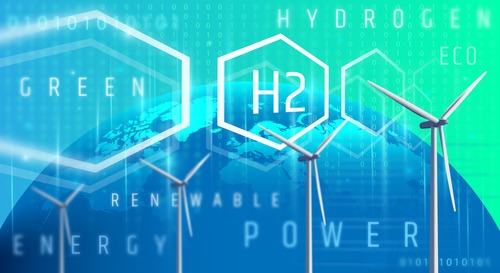Idaho National Lab to work with PNW Hydrogen on clean hydrogen project

The U.S. Department of Energy awarded funding to PNW Hydrogen, which will work with the DOEʻs Idaho National Laboratory (INL) to explore the use of nuclear energy to produce clean hydrogen via electrolysis.
The private-public partnership will use a low-temperature electrolysis system to produce clean hydrogen fuel from electricity generated by the Palo Verde Generating Station. The hydrogen produced will then be used to help fuel a natural gas-fired power plant owned by Pinnacle West’s electric subsidiary, Arizona Public Service. PNW Hydrogen is also a subsidiary of Pinnacle West. Burning natural gas for electricity would cut carbon-emissions. Currently, industrial grade hydrogen is produced by stripping it from natural gas molecules, emitting carbon monoxide in the process.
“This project, and others like it, align with the mission of INL and DOE to sustain the existing fleet of operating light water reactors and support the pipeline of future advanced nuclear power systems,” Bruce Hallbert, director of DOE’s Light Water Reactor Sustainability Program, based at INL, said. “These projects demonstrate the versatility of nuclear power to meet the demands for energy and energy products while achieving reductions in carbon emissions to the environment.”
Last October, DOE awarded $10 million to Minnesota-based Xcel Energy to pair one of its nuclear power plants with high-temperature steam electrolysis.
In June, U.S. Energy Jennifer Granholm launched the Earthshot Initiative, which seeks to reduce the cost of clean hydrogen to decarbonize the industrial sector. By generating clean hydrogen, nuclear power plants can contribute to the Earthshot.
“By diversifying the uses of nuclear energy and nuclear power plants, we provide additional economic and environmental opportunities for nuclear energy to continue to contribute to our nation’s economy and energy supply mix,” Hallbert said. “Those, in turn, provide compelling reasons to continue to operate the existing fleet of light water reactors into the future.”
